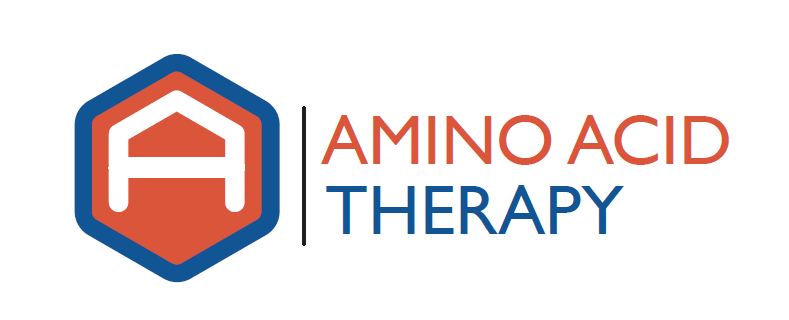Part 1 of this series discussed post-synaptic neuronal damage as the real cause of symptoms related to neurotransmitter imbalance. This post will detail how to overcome that post-synaptic damage to restore proper neurotransmitter function.
The way to overcome post-synaptic damage
There is a gate in the pre-synaptic neuron called the organic cation transporter type 2, or OCT2. The OCT2 transporters are responsible for controlling the synaptic levels of serotonin and dopamine levels. When there is post-synaptic damage, a signal is sent out throughout the body to the OCT2 transporters to try and optimize synaptic levels of serotonin and dopamine in an attempt to restore optimal electrical flow through the neurons.
The problem is that there is not enough serotonin and dopamine in the system to achieve the required electrical flow. The only way that is currently known to significantly increase the total amount of serotonin and dopamine in the system is through the administration of the amino acids and cofactors necessary to produce more serotonin and dopamine. This is called amino acid therapy.
By giving the body the correct balance of amino acids and cofactors to reestablish optimal electrical flow through the neurons, post-synaptic neuronal damage can be overcome. This leads to a reduction and elimination of symptoms associated with neurotransmitter imbalance.
Determining the correct balance
As shown in the illustration from Part 1 of this series (reprinted here), it is not usually a simple matter to find the correct dosing of amino acids each person needs to reestablish optimal neurotransmitter function.
Illustration taken from Marty Hinz, MD with permission.
Luckily, there is testing available that can be used to help determine the proper balance of amino acids necessary for each person. That test is called an Organic Cation Transporter Assay Interpretation, or OCT Assay Interpretation; this name doesn’t lend itself well to explanation, so it is often referred to as a “Neurotransmitter Test”. However, not all ‘neurotransmitter tests’ are OCT Assay Interpretations; in fact, the only lab that I know of that conducts these tests is DBS Labs in Duluth, MN.
Proper analysis of the transporters via OCT Assay Interpretation testing allows for the determination of the proper amount of amino acids needed for each person to restore optimal neurotransmitter function and resolve their symptoms. Part 3 of this three part series will provide an overview of how OCT Assay Interpretation fits into an overall blue-print to restore proper neurotransmitter function using amino acid therapy.


